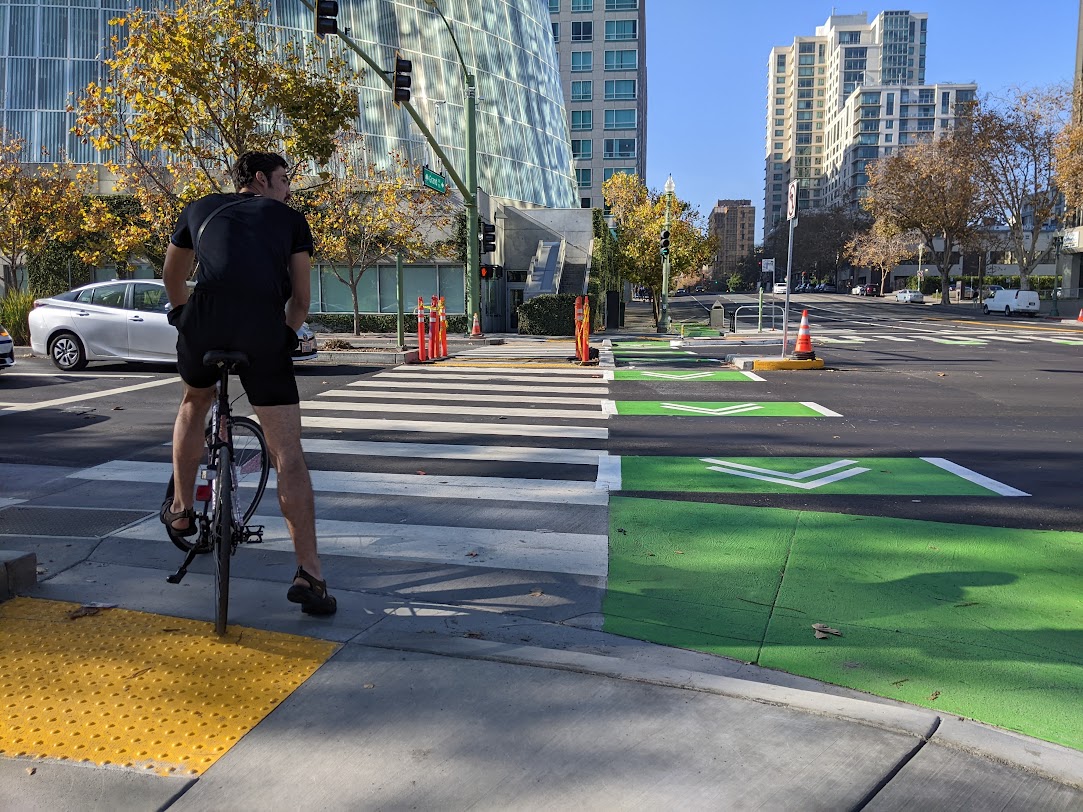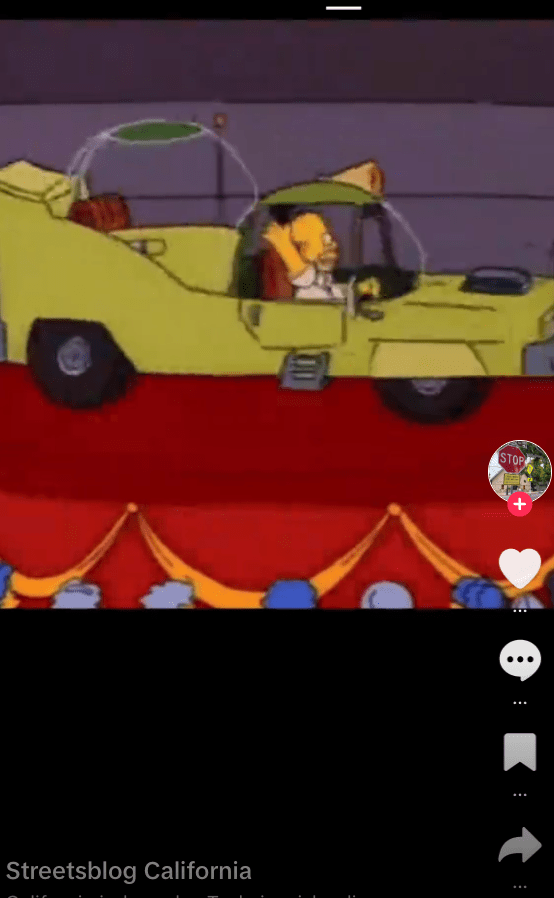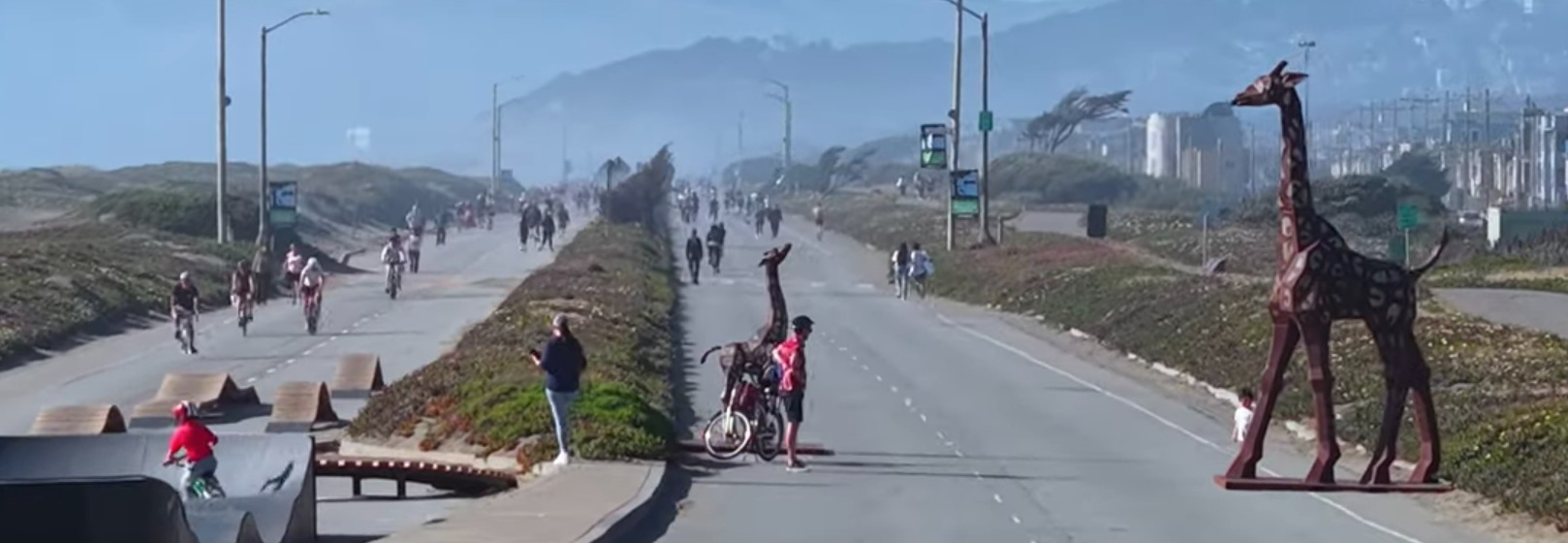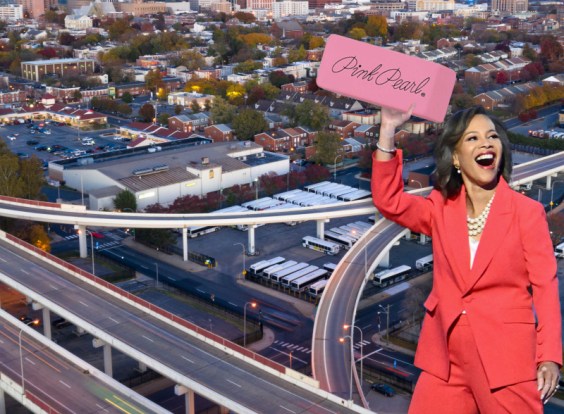Amtrak just put its new high-speed Acela II trains, a French design built in the U.S., into service on the Northeast Corridor between Washington and Boston. That means if someone wants to travel, say, between Washington and Providence, RI, a distance of about 400 miles, it can be done with unrivaled safety, comfort, and speed in about six hours, on infrastructure that's well over a century old. Parts of that run have been updated and modernized, permitting bursts of speed up to 160 mph with the new trains. However, many sections have winding curves and tracks and electrical infrastructure that is badly outdated. Sections are also shared with much slower commuter trains and even some freight. So the average speed is more like 70 mph.
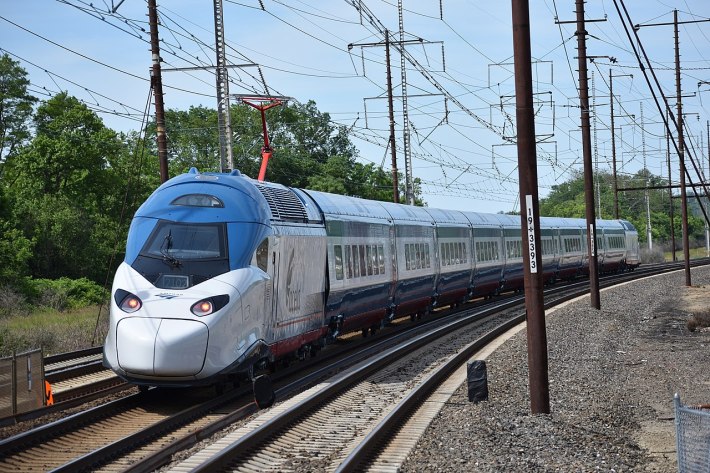
Despite that, Amtrak and the other rail systems that use the Northeast Corridor account for about 50 percent of that travel market, carrying over half a million people every weekday. In the Northeast and in Europe and Asia, modern high-speed rail systems have all but eliminated short-haul flights between the major cities.
I picked Providence as the destination and not Boston or New York, because from D.C. that's about the same distance as San Francisco to Los Angeles. The same Acela II on modern high-speed rail (HSR) infrastructure is actually capable of 220 mph. That means the train that just launched on the East Coast could one day go from LA to SF in under three hours.
Yes, California's HSR project is badly delayed. Most of that comes down to the state's excessive regulations. But it doesn't follow that the solution to reforming the California Environmental Quality Act (CEQA) is to give up and kill the HSR project. The solution is to do what State Senator Scott Wiener is doing: amending CEQA so it doesn't make it all but impossible to build anything bigger than a chicken coop.
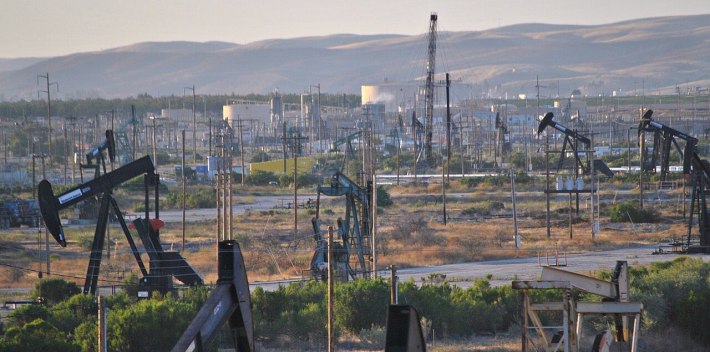
Lately, California's HSR debacle has been folded into the rivalry between Donald Trump and Gavin Newsom. Trump just wants California to fail. The Republican Party wants to keep bleeding tax revenue from the nation's richest state and giving it to red states. Newsom, meanwhile, just wasn't that interested in the train, usually seen as Jerry Brown's project, until Trump made it front-and-center. But the opposition goes much deeper than any political spat. Look into who's funding the so-called "think tanks" that keep writing editorials and funding politicians who oppose HSR, and it's always petroleum, car, and airline interests filling the coffers. That started long before Trump's first term.
It's not hard to figure out why they're so interested.
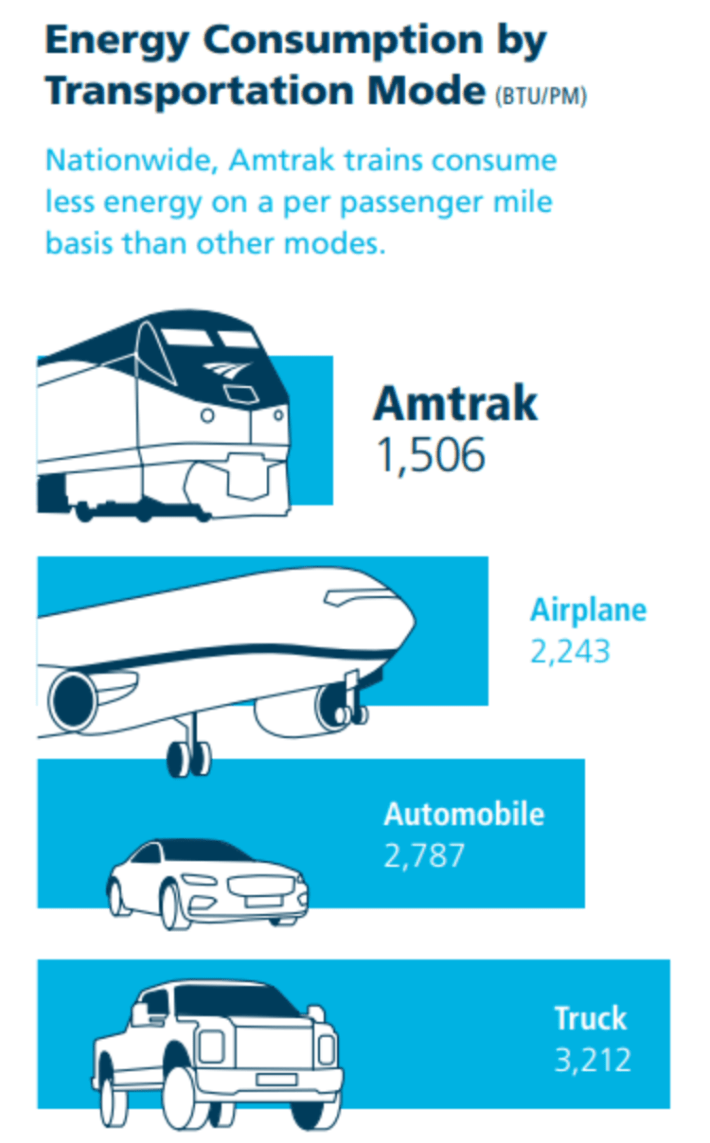
The chart above shows the relative energy consumption of different modes. And see the lead image? That's the Safe Harbor Dam on the Susquehanna River in Pennsylvania, a hydroelectric generating facility that provides the power to much of the Northeast Corridor. Electricity grids are complicated, but, put simply, people riding Acela II and most of the trains on the Northeast Corridor aren't emitting greenhouse gases beyond what they fart and exhale. Head over to France, and nearly all the energy involved in moving people around comes from nuclear and renewables, emitting no CO2 at all. Closer to home, the Hoover Dam puts out more than enough power to run California's high-speed rail system.

And before you go there, electric cars are no substitute, since they consume so much more electricity per person (and thereby make the transition to renewable energy harder and harder). They're also associated with a host of other environmental damage, such as metal mining for battery production. And of course, they do nothing to address congestion and traffic violence.
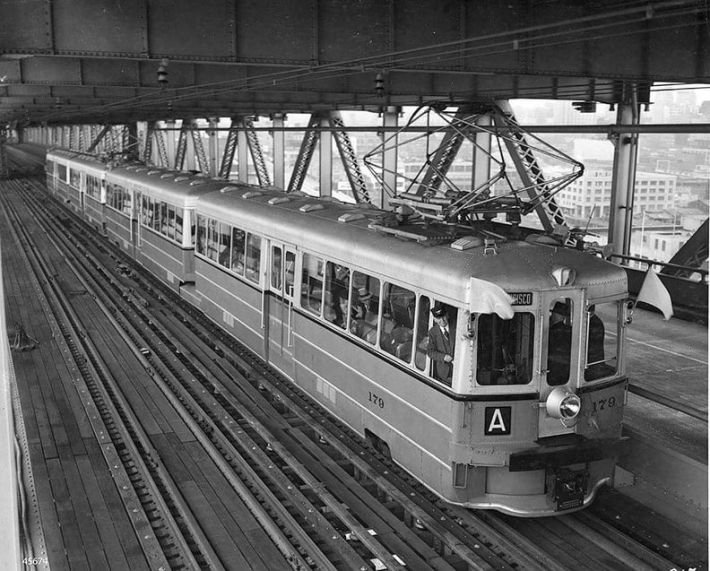
Simply put, the opposition to HSR doesn't give a crap about waste or delays, which they ignore on road projects and intentionally exacerbate with rail. No, it's about greed, cynicism, and power. Political power, yes, but more than that, it's about power—and whether it comes from fossil fuels or hydroelectric and other clean sources. There's a reason Qatar, which exists entirely on fossil fuel exports, gave Trump a 747. America is the largest consumer of petroleum in the world. California, with the country's largest car market, consumes nearly 2 million barrels of oil every single day—86 percent of it goes to transportation. 90 years ago, oil, car, and tire interests started purchasing electric transit, including the Pacific Electric rail network in Los Angeles and the Key System in the Bay Area, and shutting them down to force people to buy cars and gasoline. The modern descendants of those car and oil companies certainly don't want California to finish building a modern, West Coast version of the Northeast Corridor. People funding Trump, the Republicans, and even many Democrats, will do whatever they can to hold onto their massive oil-money spigot.
Note: The contracts for the Acela II project between Amtrak and Alstom, the manufacturer of the train, were signed in 2016, when Obama was in office.

